Hanoi Opera House - the iconic building under construction in the West Lake area is not only an architectural masterpiece.
Behind the soft, undulating West Lake dome, the world 's most advanced technologies have been applied, including classic structures from 2,000 years ago.
2,000 years of history "revived"
In 128 AD, the ancient Romans created an architectural wonder that became a heritage of humanity - the Pantheon.
The temple’s architectural highlight is its largest and only unreinforced concrete dome in the world, with a radius of 43.3m. It was the first dome in the world to use concrete as an efficient method of covering a large space while minimizing the amount of material.
After 2,000 years, this giant dome is still intact.
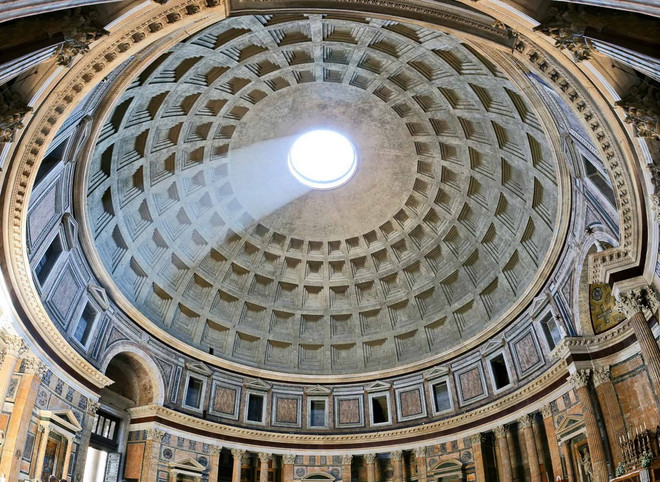
After that great work, it was not until the mid-20th century that this method of constructing concrete domes was revived by pioneers such as Felix Candela and Pier Luigi Nervi, with typical works such as the Palmira Chapel in Mexico or the Palazzetto dello Sport Stadium in Italy.
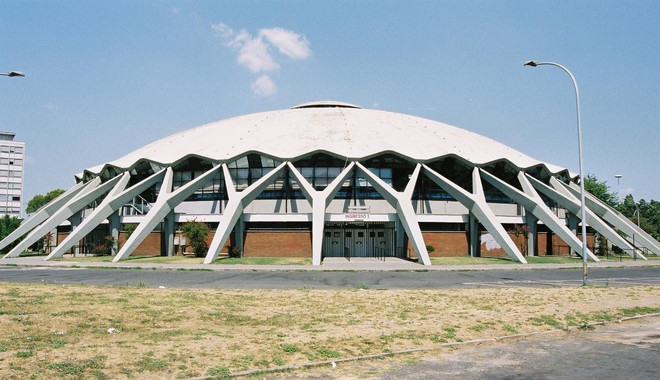
In the 21st century, right in Hanoi, the concrete dome with its extremely complex structure will once again be "revived," with the Hanoi Opera House.
Shaped like the waves of West Lake with a ceramic shell that reflects pearlescent light, the dome is not only an aesthetic mark that identifies the theater, but the concrete material also brings the project towards sustainability and reduces the amount of carbon hidden in the structure, compared to traditional structures, contributing to the goal of being environmentally friendly.
This structural form also helps to minimize the number of columns inside, making the space of the theater much more spacious.
Mr. Mark Easton - structural engineer of Arup - the structural design unit for Hanoi Opera House said: "We have consulted many previous projects in the 1960s. However, this type of structure is no longer popular today, so bringing it back to the center of the architectural world is a very valuable thing."
Concrete thinner than… eggshells
You heard right. If the Hanoi Opera House were shrunk to the size of an egg, its dome would be thinner than an eggshell. The entire dome structure is more than 130m long and wide, but the thinnest point is only 250mm thick.
Despite its ultra-thin profile, the dome is designed to withstand high winds. The geometry of the roof has been tested in a wind tunnel and fine-tuned to cleverly direct the wind, minimizing the large pressure difference between the two sides of the roof. And even though Hanoi is in a moderate earthquake zone, the dome is still designed to be prepared in the event of an earthquake.
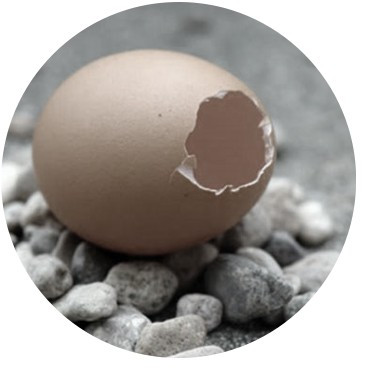
“During a storm or earthquake, the roof shell tends to move laterally. We used advanced analysis methods to examine every single part of the shell to ensure that there was no damage. We call it nonlinear analysis – a very complex type of analysis – to understand the structural behavior of the roof when subjected to earthquakes or high winds,” said a structural expert from Arup.
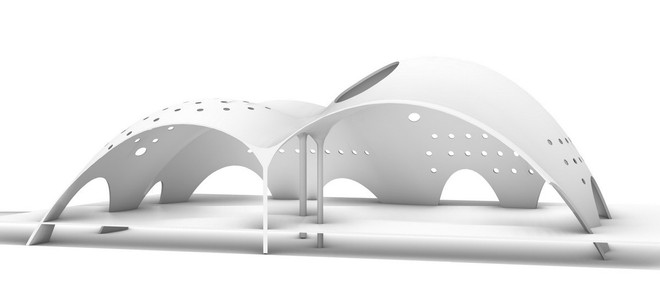
One of the factors that also greatly affects the dome is the large seasonal temperature variations in Hanoi. In the summer, the surface temperature of the roof can reach 65 degrees Celsius, while cold winter nights can reach near freezing. The dome is designed to be able to flex and adapt to the extreme seasonal and even daily temperature changes.
State of the art technology
Ultra-thin, super-strong, and most importantly, the dome of the Hanoi Opera House is a masterpiece of art. To create this dome, the architects had to apply digital technology with the most advanced software in areas such as geometric processing, finite element analysis, and even non-linear analysis over time history. When completed, the dome of the Hanoi Opera House is expected to be the largest skeleton-free thin concrete dome in the world.
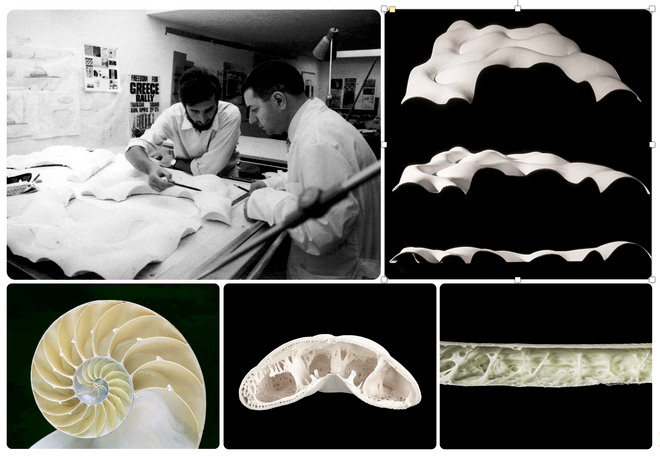
The dome design process was a continuous iterative process of collaboration, not only between the engineers and architects, but also with the acoustics and drainage teams. More than 50 different options were tested.
To date, three test models have been conducted to evaluate the quality of concrete, steel reinforcement, exterior finish, roof tiles, and underside plaster. And more test models will continue to be deployed, until the West Lake wave-shaped dome is formed.
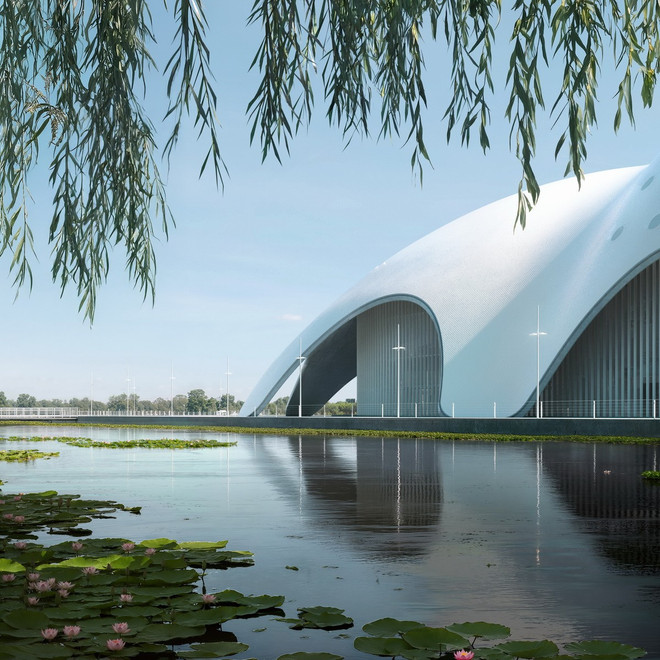
The Sydney Opera House, an Arup project from the 1970s, has always been an iconic building, according to Mark Easton. The roof geometry is a huge highlight for Sydney, and it was one of the first buildings to be designed using computers.
“And the Hanoi Opera House is the next step - using the most modern technology to design a building with a similar complex shape, but with much more advanced tools,” Mr. Mark Easton affirmed./.
Source: https://www.vietnamplus.vn/nha-hat-opera-ha-noi-va-su-hoi-sinh-cua-kien-truc-mai-vom-kinh-dien-post1051509.vnp



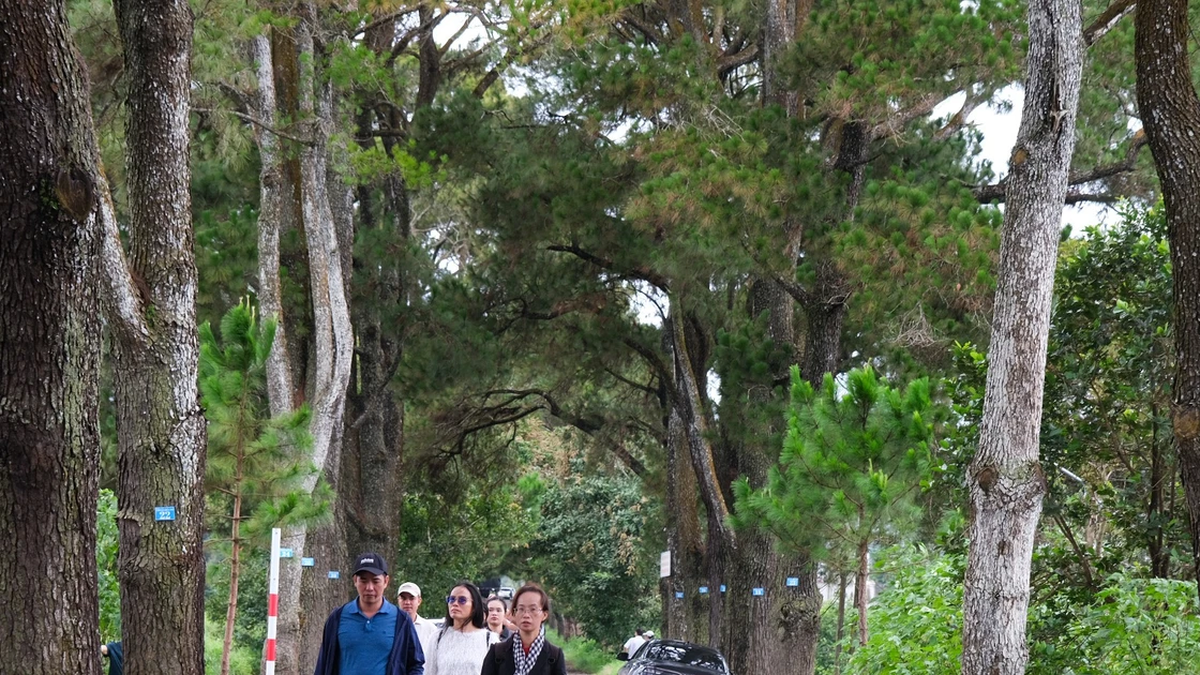
































































![[Photo] National Assembly Chairman Tran Thanh Man receives Chairman of Morocco-Vietnam Friendship Association](https://vphoto.vietnam.vn/thumb/402x226/vietnam/resource/IMAGE/2025/7/26/b5fb486562044db9a5e95efb6dc6a263)
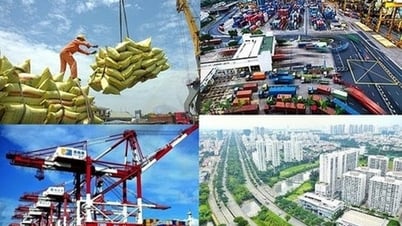
































Comment (0)